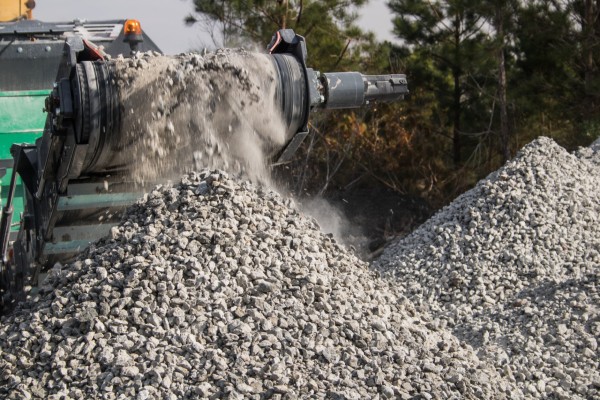Is Concrete Recyclable?
Did you know that after water, concrete is the second most consumed material in the world?
It makes sense when you consider that modern society has developed around concrete. Our homes, our transports systems, our supermarkets, our schools and our hospitals are all reliant on concrete. While concrete is a beautiful and versatile building material, it does have a dark side.
In addition to carbon dioxide emissions, concrete is associated with soil erosion, water pollution and flooding. The environmental impact of concrete cannot be denied (nor should it be ignored), but until we come up with a viable alternative, there are calls to better maintain and conserve existing structures, and enhance recycling.
Here’s how we can recycle concrete more efficiently.
How Is Concrete Recycled?
Concrete can be collected directly from construction sites by authorised concrete disposal and recycling contractors. These companies take the discarded materials back to their processing facilities where they are sorted, crushed and redistributed. Sometimes concrete can be crushed at the construction site to save money and lessen the environmental impact of transportation. Council approval is usually required.
Reinforced concrete can also be recycled by separating the steel from the concrete before crushing.
Uses For Recycled Concrete
There are multiple uses for recycled concrete including:
- Raw material for new concrete
- Gravel
- Road construction
- Retaining walls
- Landscaping Gravel
- To make urbanite (used for patios, walkways and planters)
- Erosion control
- Driveways and drainage
Other ideas to reduce the impact concrete has on the environment include maintaining and repurposing existing buildings rather than simply tearing them down. Concrete is incredibly durable (as the Pantheon attests), so it is unlikely that any modern buildings would reach the end of their useful life because of concrete that fails.
Another idea is to use identification tags on slabs:
– Phil Purnell, Professor of Materials Leeds University
There is also an option to use different mixes to reduce the carbon footprint of binders.
Benefits of Recycling Concrete
Using recycled concrete reduces waste and minimises CO2 emissions. It is also a cost-effective solution for builders, concreting professionals and construction companies as they don’t have to pay the rising costs of transporting materials to landfill.
Other benefits include:
- Reduces the amount of waste going to landfill
- Conserves water
- Creates less air pollution
- Creates jobs
Concrete is an essential building material, but the health of our environment is also incredibly important. We believe both things can coexist through improved processes, an emphasis on recycling, and better mixes to improve sustainability.

